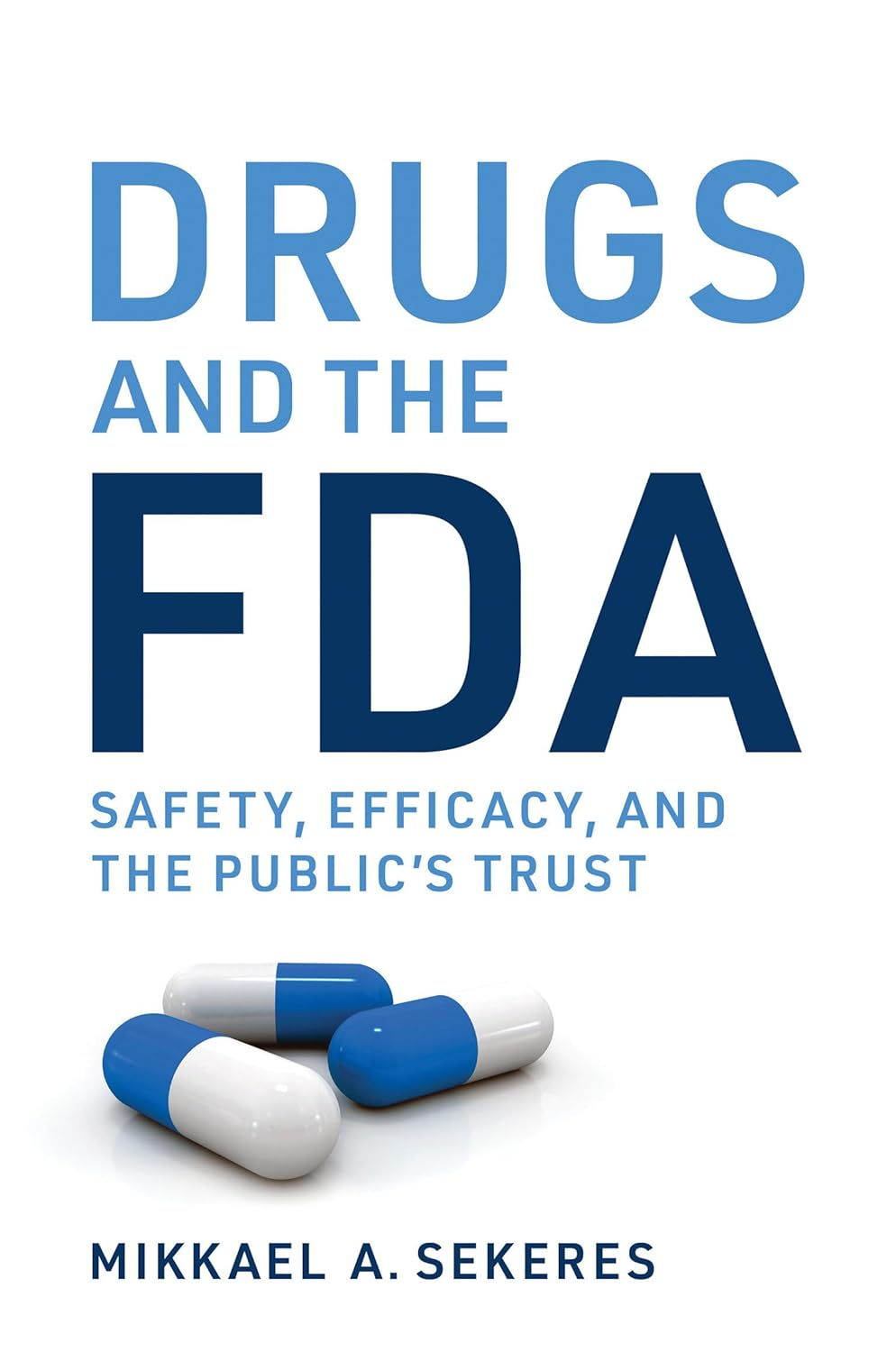Before the modern era of medicine, during the first few decades of the 20th century, three of the top 10 causes of death in the United States were pneumonia, tuberculosis, and diarrhea/enteritis—all infections. Identifying drugs that could fight these infections—antibiotics—was a public health priority, worldwide.
While the safety of food and drugs, and the impact on public health, was at the core of the formation of the Food and Drug Administration, none of the legislation that created the agency in 1930 actually focused directly on a drug’s safety. Accurate labeling, yes. Prescribing limits and precise documentation of narcotics, sure. But drugs could still be sold that not only didn’t work but also simply weren’t safe, because they hadn’t been tested for safety.
That absence of a requirement to demonstrate a drug’s safety would prove to be deadly.
In 1932, a German pathologist and bacteriologist, Gerhard Domagk, discovered that a chemical called prontosil protected against bacterial infections in mice. Prontosil was converted to an active ingredient called sulfanilamide, which could fight streptococcal infections in humans (one cause of pneumonia deaths, which were actually the No. 2 cause of mortality in the early 20th century). Over the next few years, pharmaceutical companies including Merck, Squibb, and Eli Lilly started to manufacture sulfanilamide mostly as pills and tablets.
The S.E. Massengill Company of Bristol, Tennessee, had a different idea—to create a liquid form of sulfanilamide that would be easier to ingest for patients, particularly children. But sulfanilamide didn’t taste very good, so the company’s chief chemist, Harold Cole Watkins, added other substances to the solution, including raspberry extract, saccharin, caramel—and the sweet-tasting solvent diethylene glycol. More commonly known as antifreeze.
The company’s internal control lab approved the appearance, flavor, and fragrance of the concoction. But testing for toxicity wasn’t required under the Pure Food and Drug Act or its amendments. In September of 1937, 240 gallons of the liquid, called Elixir Sulfanilamide, were distributed across the country in 633 shipments. And doctors started prescribing it.
By October, six patients from Tulsa, Oklahoma, who were prescribed the antibiotic had died of kidney failure. The doctor who gave these patients sulfanilamide, A.S. Calhoun, M.D., was horrified at his unsuspecting role in the tragedy. He wrote in a letter to a colleague:
Nobody but Almighty God and I can know what I have been through these past few days. I have been familiar with death in the years since I received my M.D. from Tulane University School of Medicine with the rest of my class of 1911. Covington County has been my home. I have practiced here for years. Any doctor who has practiced more than a quarter of a century has seen his share of death.
But to realize that six human beings, all of them my patients, one of them my best friend, are dead because they took medicine that I prescribed for them innocently, and to realize that that medicine which I had used for years in such cases suddenly had become a deadly poison in its newest and most modern form, as recommended by a great and reputable pharmaceutical firm in Tennessee: well, that realization has given me such days and nights of mental and spiritual agony as I did not believe a human being could undergo and survive. I have known hours when death for me would be a welcome relief.
